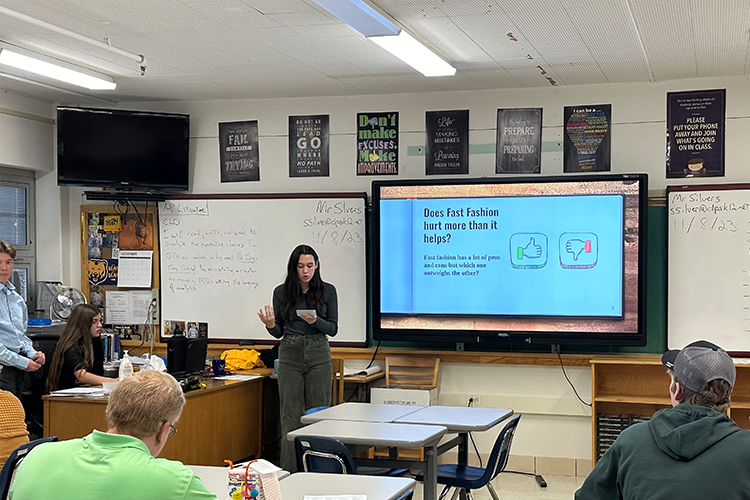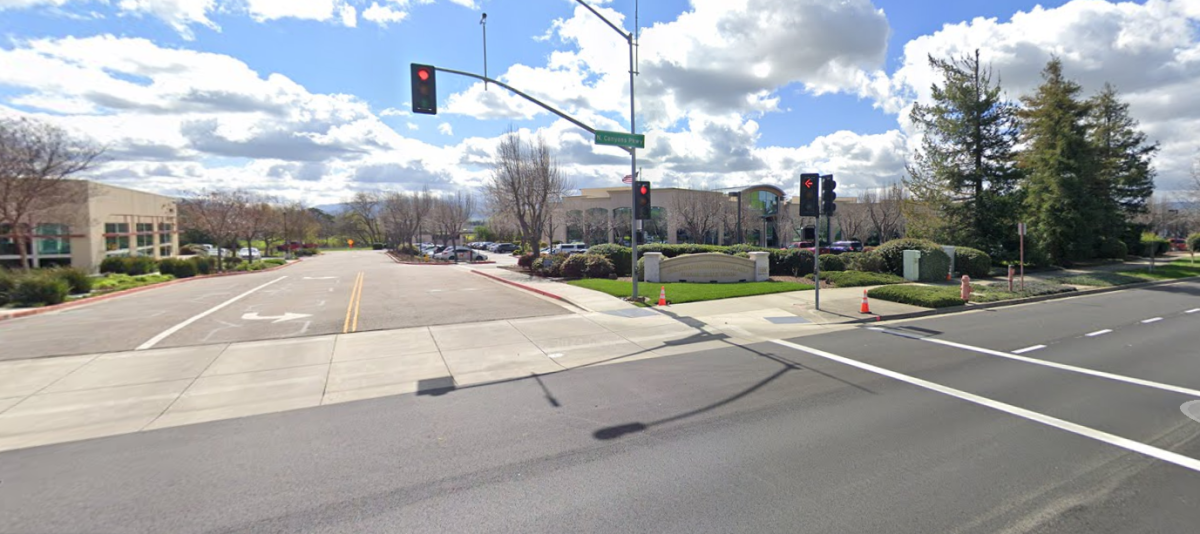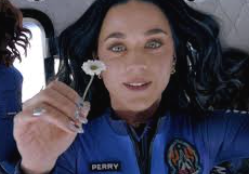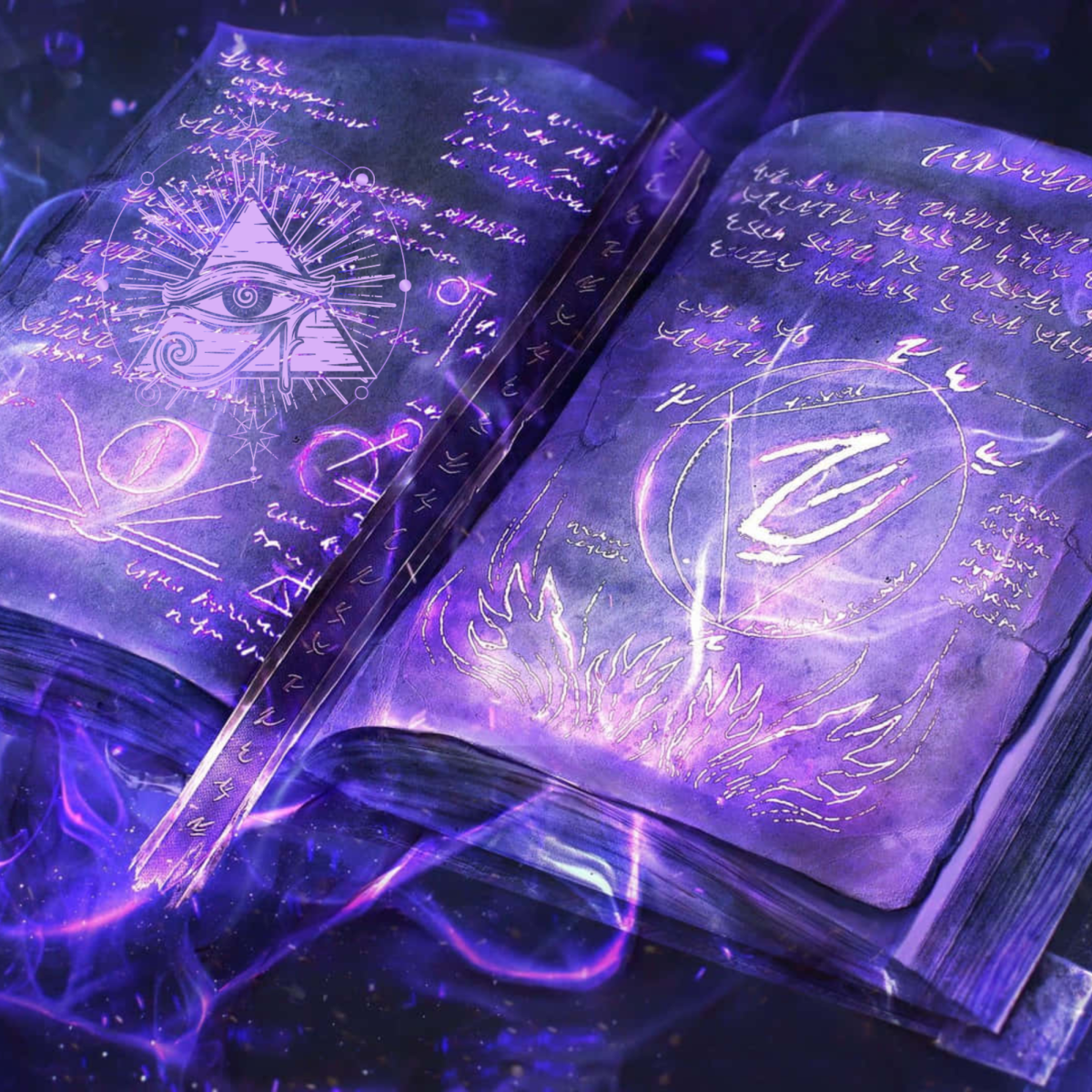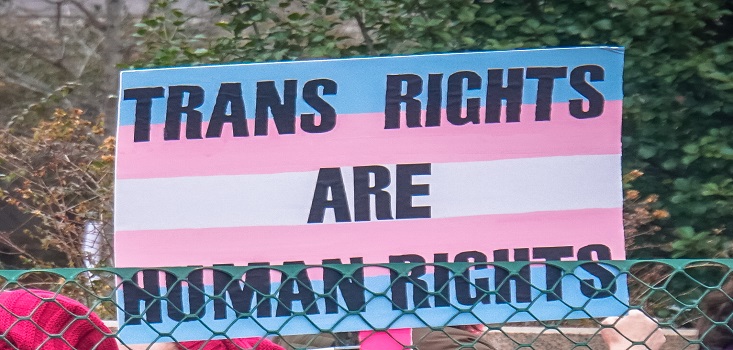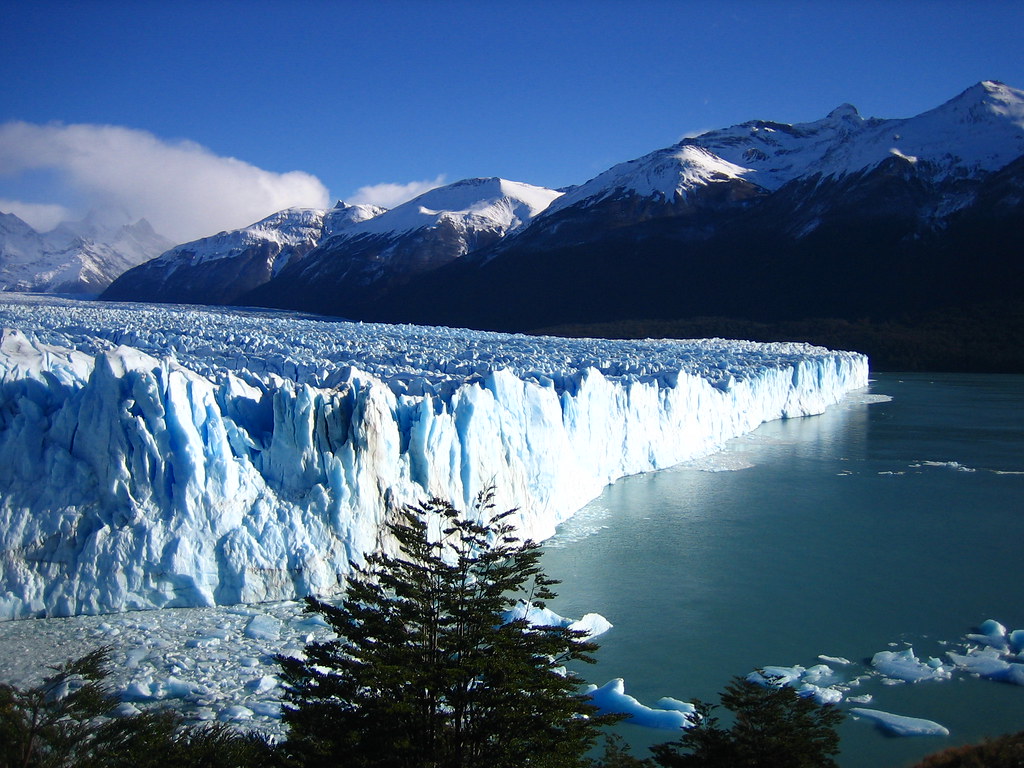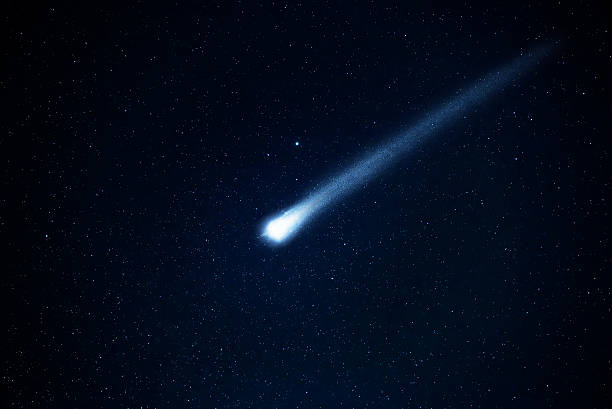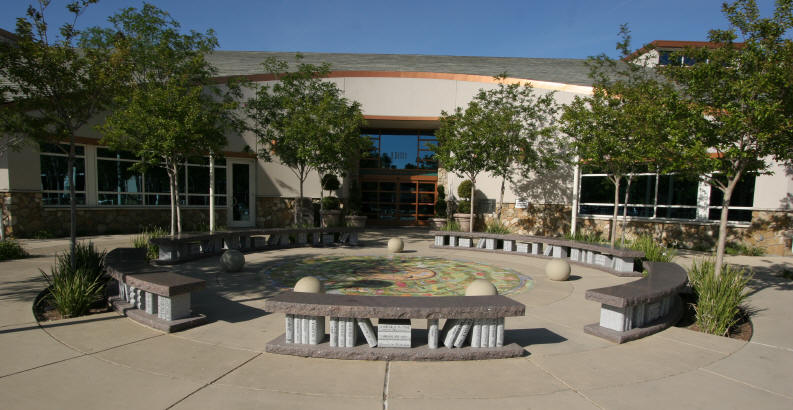By the end of the 21st century, about ⅔ of the glaciers worldwide are set to disappear due to the rapidly increasing temperature of our planet, but we can still save the rest. Earth’s climate change began climbing in the late 19th century but had a drastic increase in the late 20th century and has skyrocketed since then.
11% of Earth’s area is glaciers which hold 70% of the freshwater on Earth. If all of the world’s glaciers were to melt, the sea level would rise 230 feet (70 meters). This would cause major land masses and animals to die as well as the existence of many people and places.
Glaciers are such a significant example of how global warming is truly impacting our planet. This is because when places where it is usually always cold start experiencing melting glaciers there is a visible problem. Glaciologist Jemma Wadham says, “I find it a very scary thing because I’ve seen these changes with my own eyes. The glacier I started out on as a 20-year-old when I first became fascinated by glaciers, is a little glacier in the Swiss Alps that’s lost a kilometer of its front over that same time period.” Wadham has observed these glaciers decreasing in size firsthand and knows that these habitats will not survive if they continue to be destroyed as quickly as they are currently. Former Secretary-General Ban Ki-moon of the United Nations details how he has seen the disappearance of glaciers saying, “In the Andes and the Alps, I have seen melting glaciers. At both of the Earth’s Poles, I have seen open sea where ice once dominated the horizon.” During his life, he has seen glaciers glow which shows how quickly they are melting and just how bad climate change is really affecting the glaciers.
The Earth’s surface temperature has increased 1ºC since the pre-industrial time period occurring in 1880 to 1900. Although this may seem insignificant, this climb puts Earth at risk for many problems. Famous scientist, Bille Nye, has stated, “It’s not that the world hasn’t had more carbon dioxide, it’s not that the world hasn’t been warmer. The problem is the speed at which things are changing…” The glaciers are melting so much quicker than scientists previously anticipated which is why humans need to take action now.
Now more than ever humans need to take the life of glaciers seriously. Five ways we can prevent glaciers from melting are:
Plant more trees- This can help purify our air which makes it healthier for us to breathe. With more trees, we are able to reduce the amount of carbon dioxide in our atmosphere.
Drive less, walk, and shareride more- The more people driving vehicles that emit fossil fuels the more our planet will suffer. By sharing a ride, you are decreasing the amount of fossil fuel emissions, and by walking you emit none.
Preserve the water we have- By preserving the water we have, we will not need to rely on the glaciers and take away from them. The white spots on glaciers reflect excess heat back into space and without them, our planet can overheat
A clean environment means a clean planet- Recycling, reducing the use of energy, renewable energy, etc., can really help improve our atmosphere.
Speak up!- Discuss the future outcome of our planet if we don’t take the necessary actions to save our glaciers.
These are only five of the many different things you can do to protect our glaciers and overall our planet. By 2100, ⅔ of the glaciers will disappear due to our current climate but humans still have time to take matters into their own hands. After 2100, if humans keep treating the Earth the way they do currently, all of the glaciers could eventually disappear. There is still time to save ⅓ of the glaciers that will remain after 2100 but efforts need to start immediately.


